Lighting can either be a photographer’s friend or foe. Ideal lighting is essential for photographing wildlife in its natural environment. The word photography comes from the Greek words phos “light,” and graphis “representation by means of lines” or “drawing,” or graphí, together they mean “drawing with light.” Ideally, the best times for photography are sometimes referred to as the magic hour. These hours occur three times a day and they provide photographers with rich, warm, and cool light for beautiful photographs. The hour after sunrise and the hour before sunset are referred to as the golden hour and the hour after sunset is referred to as the blue hour. All three hours show indirect sunlight that is evenly diffused, helping to ensure successful photographs.
As wildlife is unpredictable, so is expecting perfect lighting outside of the magic hour. There really isn’t a time of day that is impossible to achieve flattering lighting. The only exception, in general, is avoiding direct sunlight. When the sun is shining directly above, it will create harsh and unpleasant shadows on your subject. I have been trying to get outdoors as much as possible and have been taking full advantage of the different lighting situations the daylight has to offer. I’m not sure if it has been the change of seasons or daylight saving time, but I have been experiencing a fair amount of soft lighting conditions while photographing wildlife. It could also be due to the fact that it has been snowing almost on a daily basis here in Maine and snow clouds offer some of the best lighting available. With the varied weather we have here, I have been taking advantage of what nature has to offer. With the ideal lighting and good (and fun) subjects to work with, I have been given a few opportunities for some decent wildlife photography.
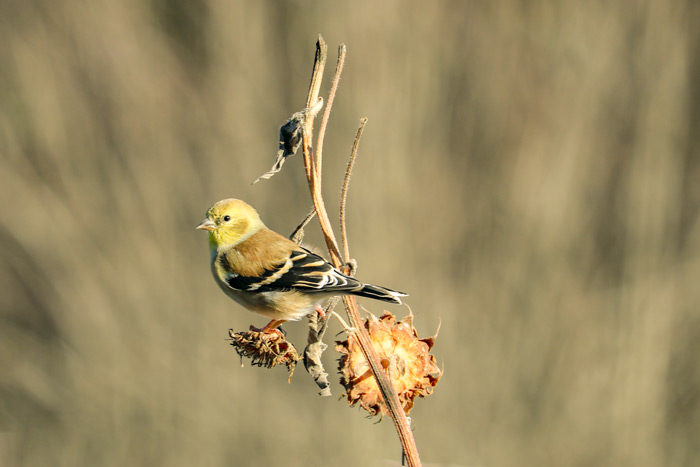
(f/8, 1/100 second, ISO 100, 55-250 @ 55mm)
American goldfinch Spinus tristis
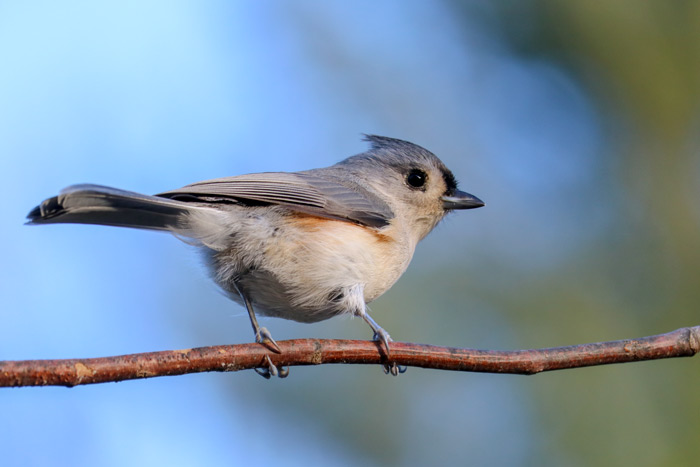
(f/6.3, 1/320 second, ISO 100, 55-250 @ 55mm)
Tufted titmouse Baeolophus bicolor

(f/5.6, 1/500 second, ISO 500, 55-250 @ 55mm)
Black-capped chickadee Poecile atricapillus
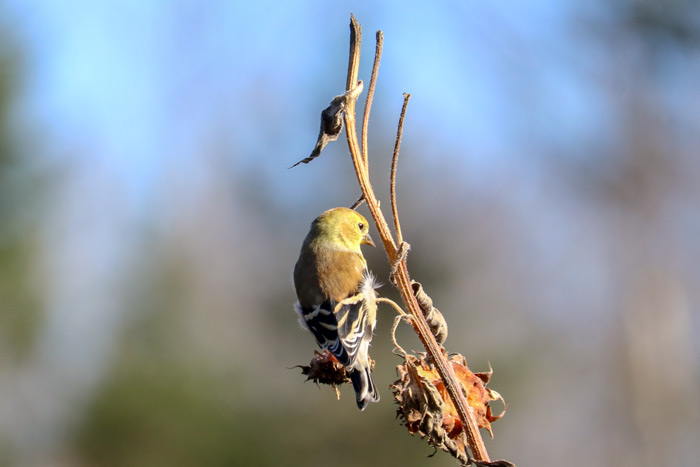
(f/6, 1/500 second, ISO 400, 55-250 @ 55mm)
American goldfinch
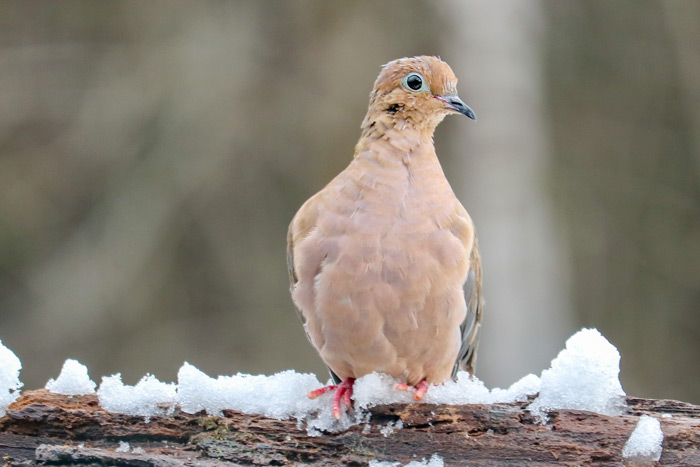
(f/6, 1/125 second, ISO 320, 55-250 @ 55mm)
Mourning dove Zenaida macroura
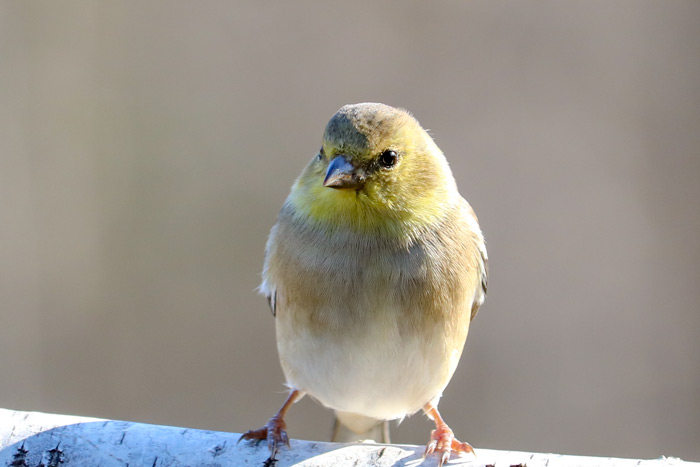
(f/5.6, 1/320 second, ISO 400, 55-250 @ 55mm)
American goldfinch

(f/6.3, 1/500 second, ISO 1600, 55-250 @ 55mm)
American red squirrel Tamiasciurus hudsonicus
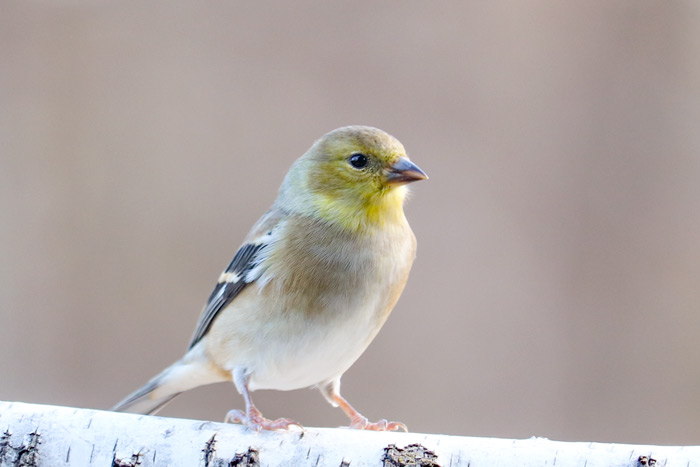
(f/5.6, 1/100 second, ISO 400, 55-250 @ 55mm)
American goldfinch
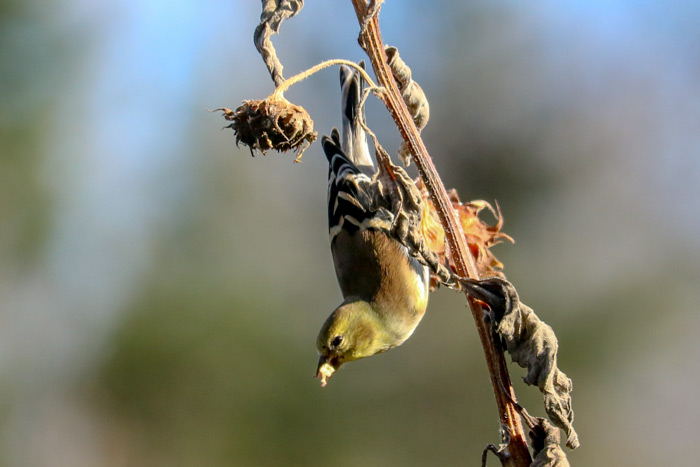
(f/6.3, 1/500 second, ISO 500, 55-250 @ 55mm)
American goldfinch
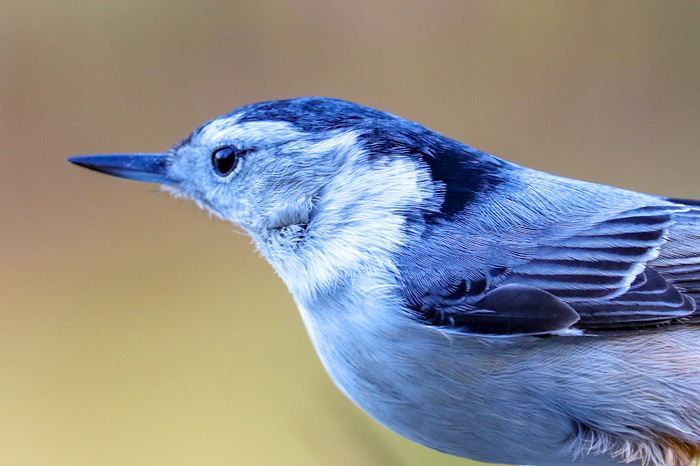
(f/5.6, 1/80 second, ISO 400, 55-250 @ 55mm)
White-breasted nuthatch Sitta carolinensis
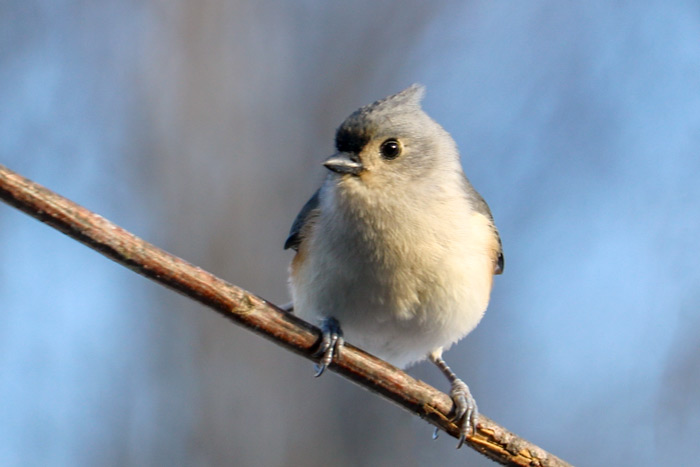
(f/6.3, 1/100 second, ISO 100, 55-250 @ 55mm)
Tufted titmouse Baeolophus bicolor
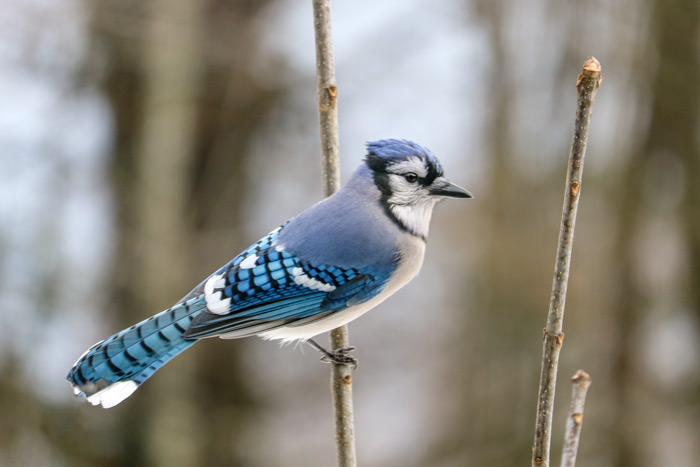
(f/5.6, 1/100 second, ISO 320, 55-250 @ 55mm)
Blue jay Cyanocitta cristata
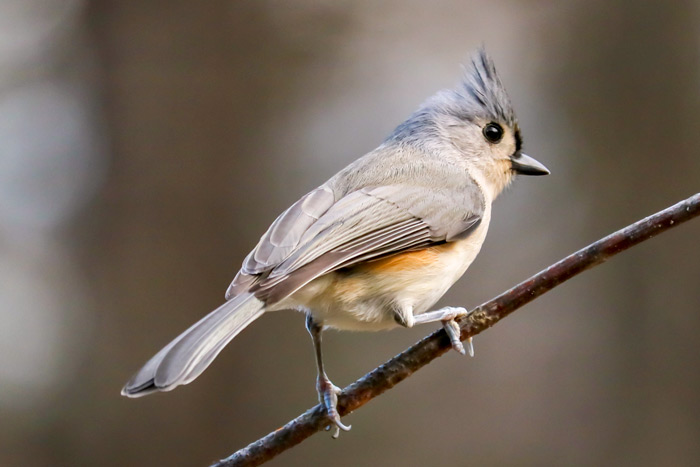
(f/5.6, 1/500 second, ISO 400, 55-250 @ 55mm)
Tufted titmouse
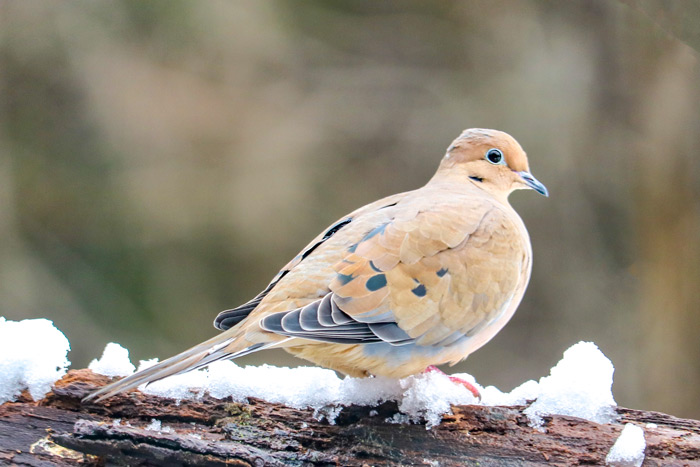
(f/5.6, 1/125 second, ISO 320, 55-250 @ 55mm)
Mourning dove
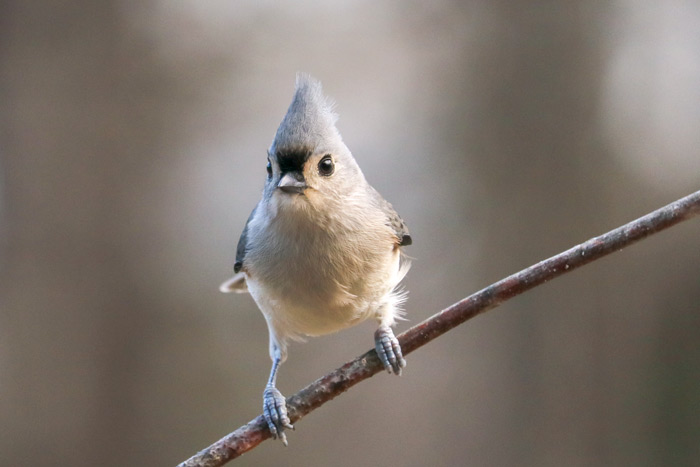
(f/5.6, 1/500 second, ISO 400, 55-250 @ 55mm)
Tufted titmouse
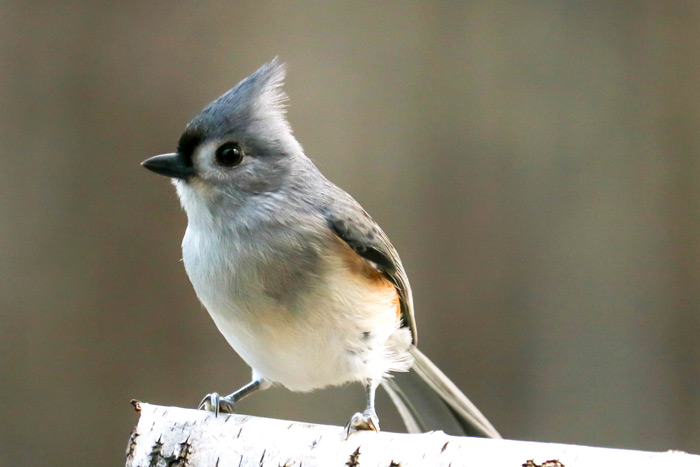
(f/5.6, 1/500 second, ISO 400, 55-250 @ 55mm)
Tufted titmouse
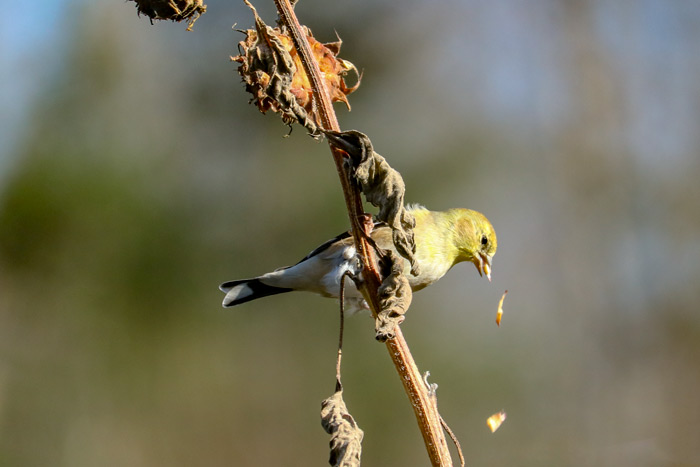
(f/5.6, 1/500 second, ISO 400, 55-250 @ 55mm)
American goldfinch

(f/5.6, 1/500 second, ISO 200, 55-250 @ 55mm)
American goldfinch
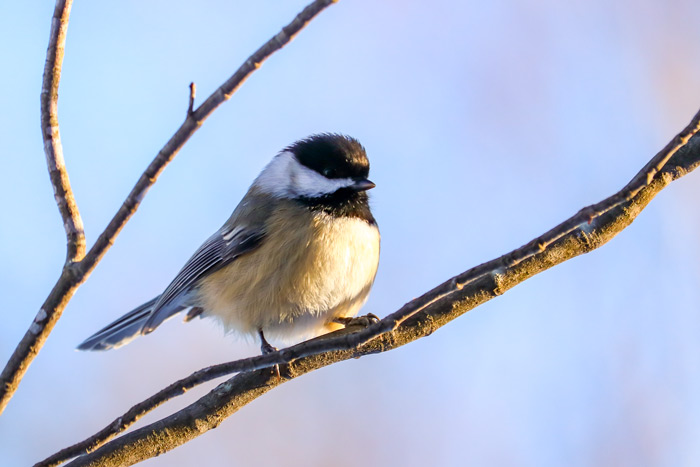
(f/6.3, 1/500 second, ISO 320, 55-250 @ 55mm)
Black-capped chickadee
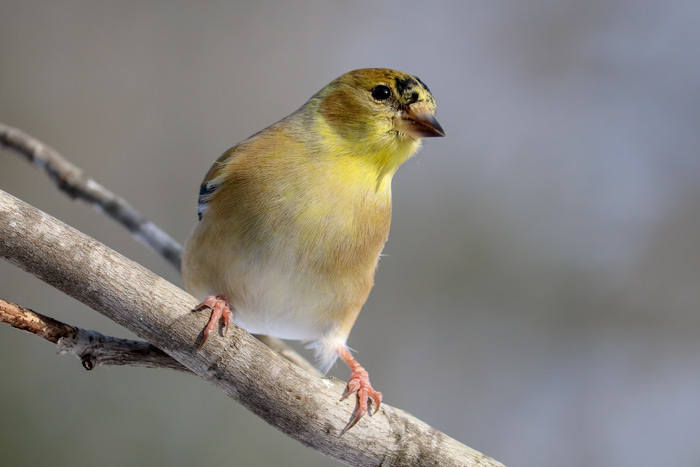
(f/6.3, 1/500 second, ISO 250, 55-250 @ 55mm)
American goldfinch
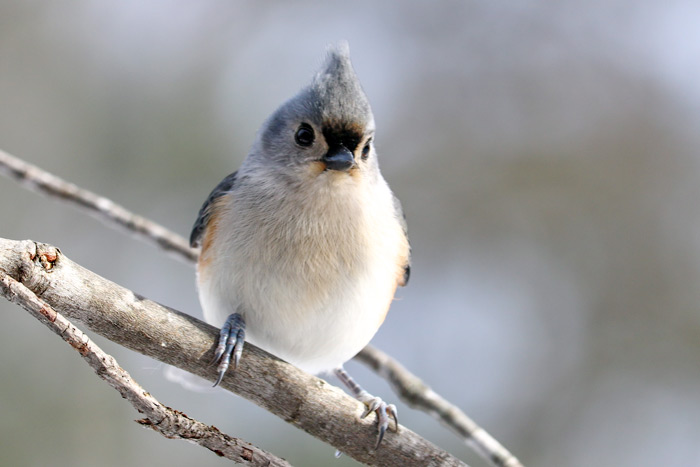
(f/6.3, 1/320 second, ISO 125, 55-250 @ 55mm)
Tufted titmouse
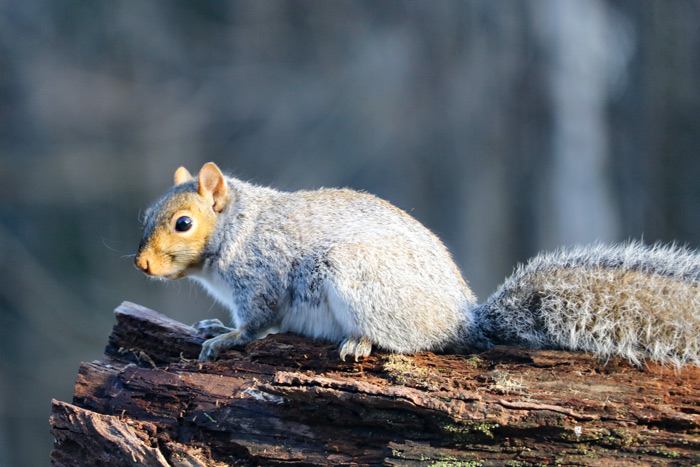
(f/5.6, 1/100 second, ISO 400, 55-250 @ 55mm)
Eastern gray squirrel
Leave a Reply